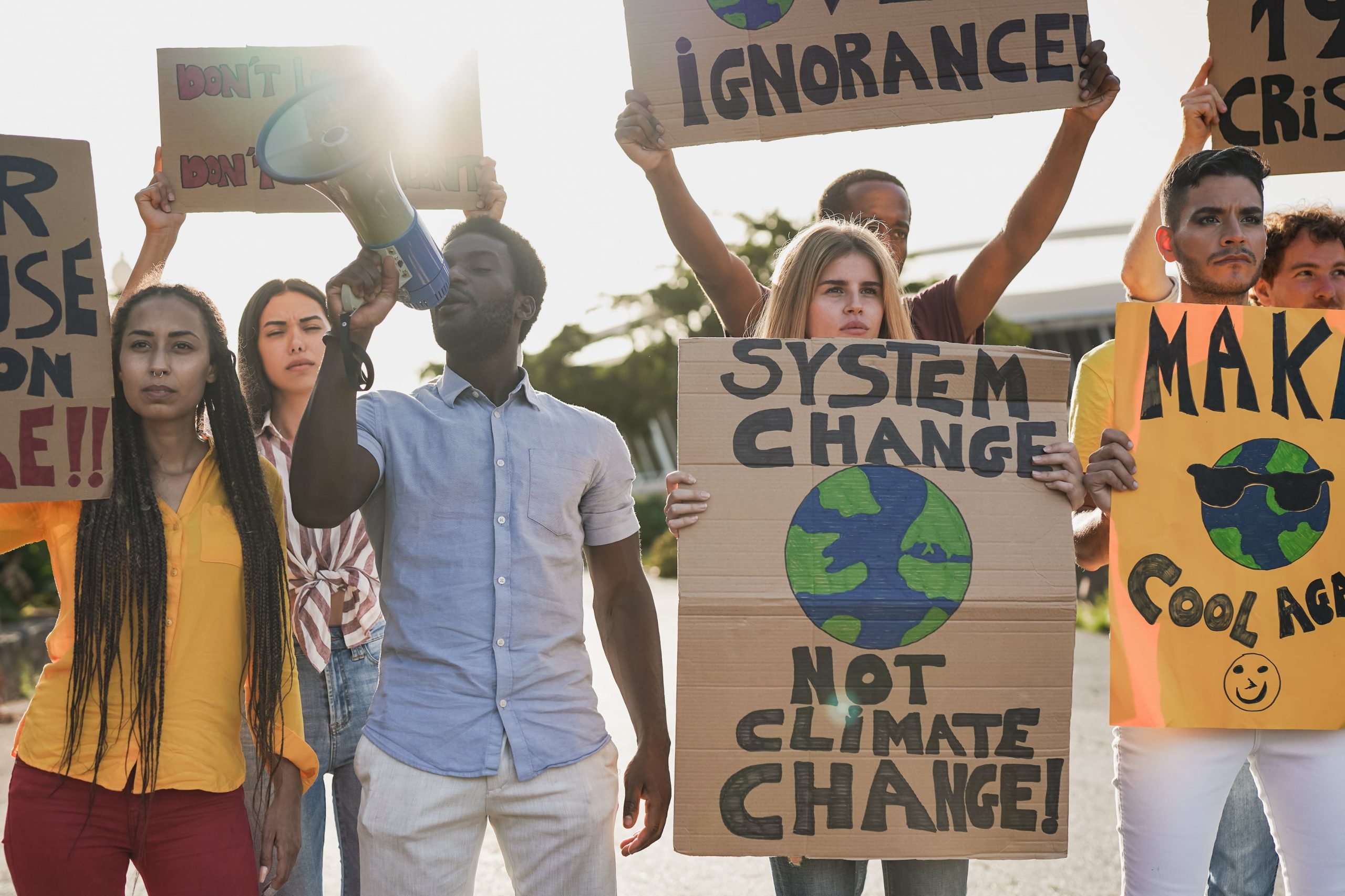
5 Essential Steps for Climate Risk: Understanding and Managing the Impact of Climate Change in Romania
Explore Climate Risk: Understanding and Managing the Impact of Climate Change in Romania. This comprehensive guide provides you with a detailed perspective on the challenges and solutions to address climate risk.
Climate change is one of the greatest challenges of our century. Climate risk, which refers to the potential for loss and damage caused by these changes, is an issue that affects both the environment and the economy. This article will explore Climate Risk: Understanding and Managing the Impact of Climate Change, providing a comprehensive perspective and practical solutions.
Climate Risk: Understanding and Managing the Impact of Climate Change
Climate risk is a complex subject that requires a multidisciplinary approach. Understanding and managing this risk involves scientific analysis, strategic planning, and the implementation of preventive and adaptive measures.
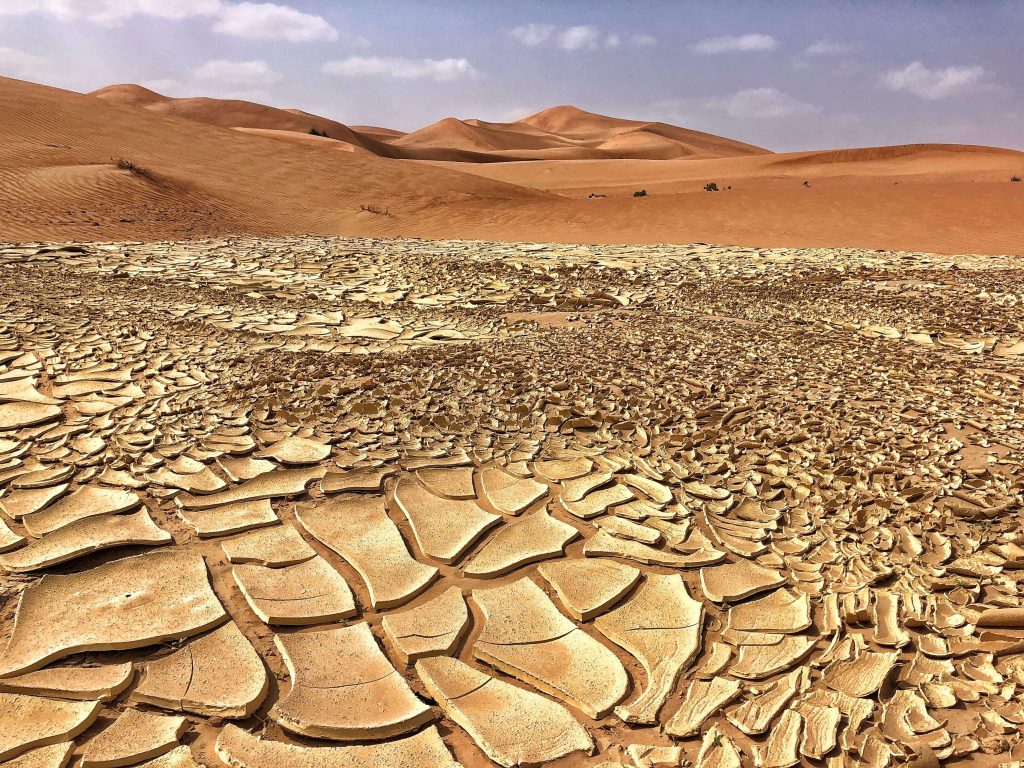
Understanding Climate Risk
What Is Climate Risk?
Climate risk refers to the likelihood of suffering financial loss or physical damage as a result of climate change. It includes extreme weather events, rising sea levels and rising temperatures.
The impact of Climate Change on the Economy and Environment
Climate change can have a significant impact on the economy and the environment. From affecting agricultural production to destroying infrastructure, climate risk has profound implications.
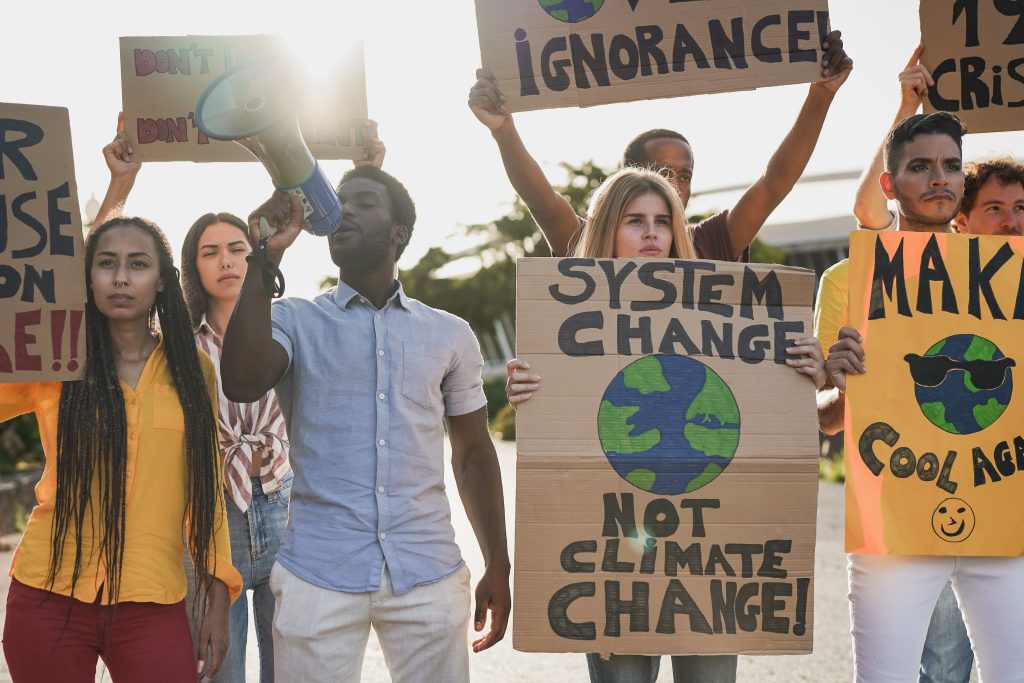
Climate Risk Modeling and Forecast
Using climate models and technology to predict and understand climate risk is essential. This allows governments and organizations to plan and adapt effectively.
Climate Risk Management
Mitigation and Adaptation Strategies:
Mitigation and adaptation to climate risk involves the development and implementation of strategies to reduce vulnerability and increase resilience. This may include building resilient infrastructure and promoting sustainable practices.
The role of the Government and Public Policies
Governments have a crucial role to play in managing climate risk. Creating and implementing effective public policies can lead to a more coordinated and effective approach to climate risk.
Participation of the Private Sector and the Communities
The private sector and local communities play a key role in managing climate risk. Collaborating and involving these stakeholders can lead to more innovative and effective solutions.
Technology and Innovation in Climate Risk Management
Use of Technology for Climate Risk Monitoring and Preaching:
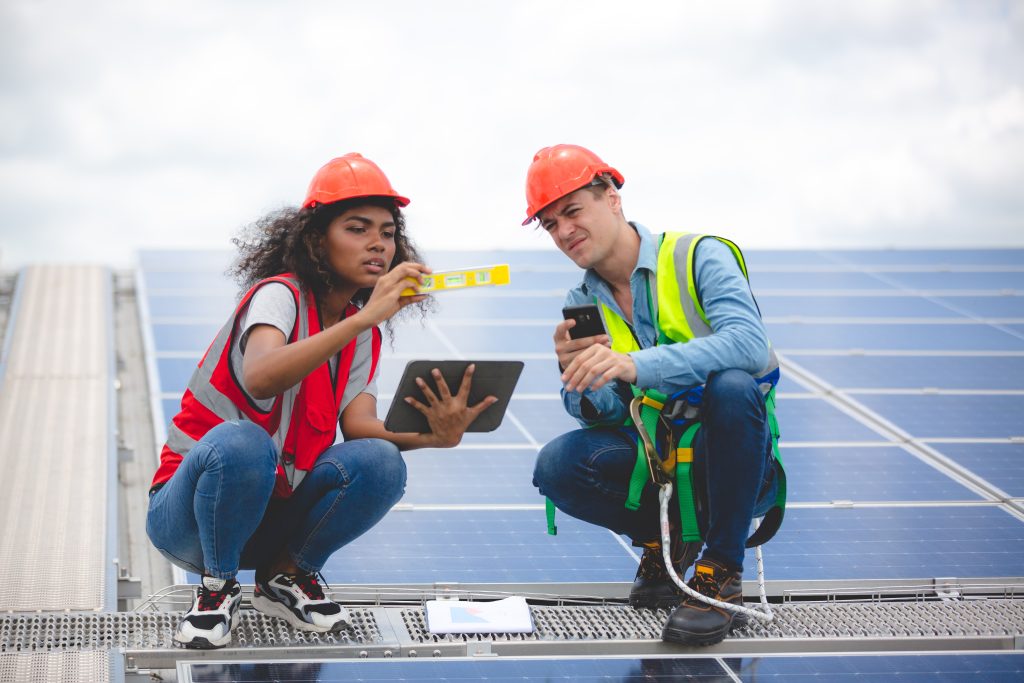
Technology provides powerful tools for climate risk monitoring and prediction. From satellites to artificial intelligence, these tools allow for a deeper understanding and a faster reaction.
Innovation in Mitigation and Adaptation to Climate Risk
Innovation in technology and science can provide new and effective solutions for mitigating and adapting to climate risk. This includes the development of new materials, clean energy technologies and water management systems.
Climate Risk Education and Awareness
Importance of Education and Public Awareness:
Education and public awareness are essential for an effective approach to climate risk. Informing and involving citizens can lead to greater accountability and action at Community level.
Education Programs and Initiatives
There are many programs and initiatives aimed at educating the public about climate risk. These include information campaigns, school curricula and partnerships with non-governmental organizations.
Case Studies and Examples of Success
Countries and Regions that have succeeded in Climate Risk Management:
There are many examples of countries and regions that have succeeded in managing climate risk. Analyzing these cases can provide understanding and inspiration for other communities.
Innovative Projects and Initiatives
Many innovative projects and initiatives have been successful in addressing climate risk. These include the development of green technologies, local adaptation projects and international collaborations.
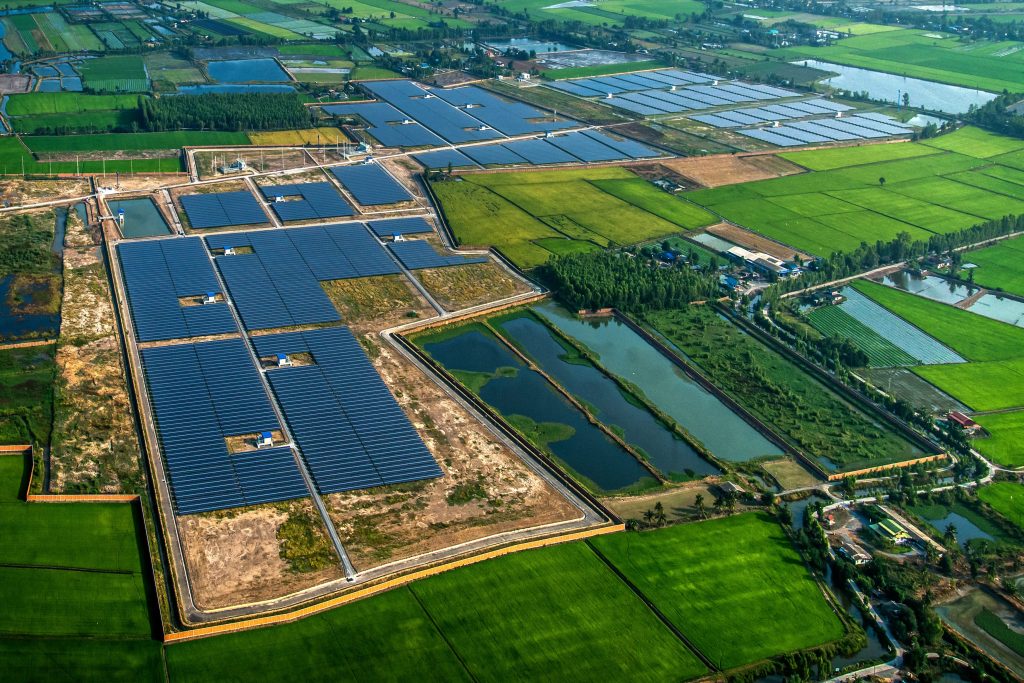
Conclusion: The Future of Climate Risk Management
Climate Risk: Understanding and Managing the Impact of Climate Change is a global challenge that requires a coordinated and multidisciplinary approach. With a combination of science, technology, education and collaboration, we can meet this challenge and build a more resilient and sustainable future.






